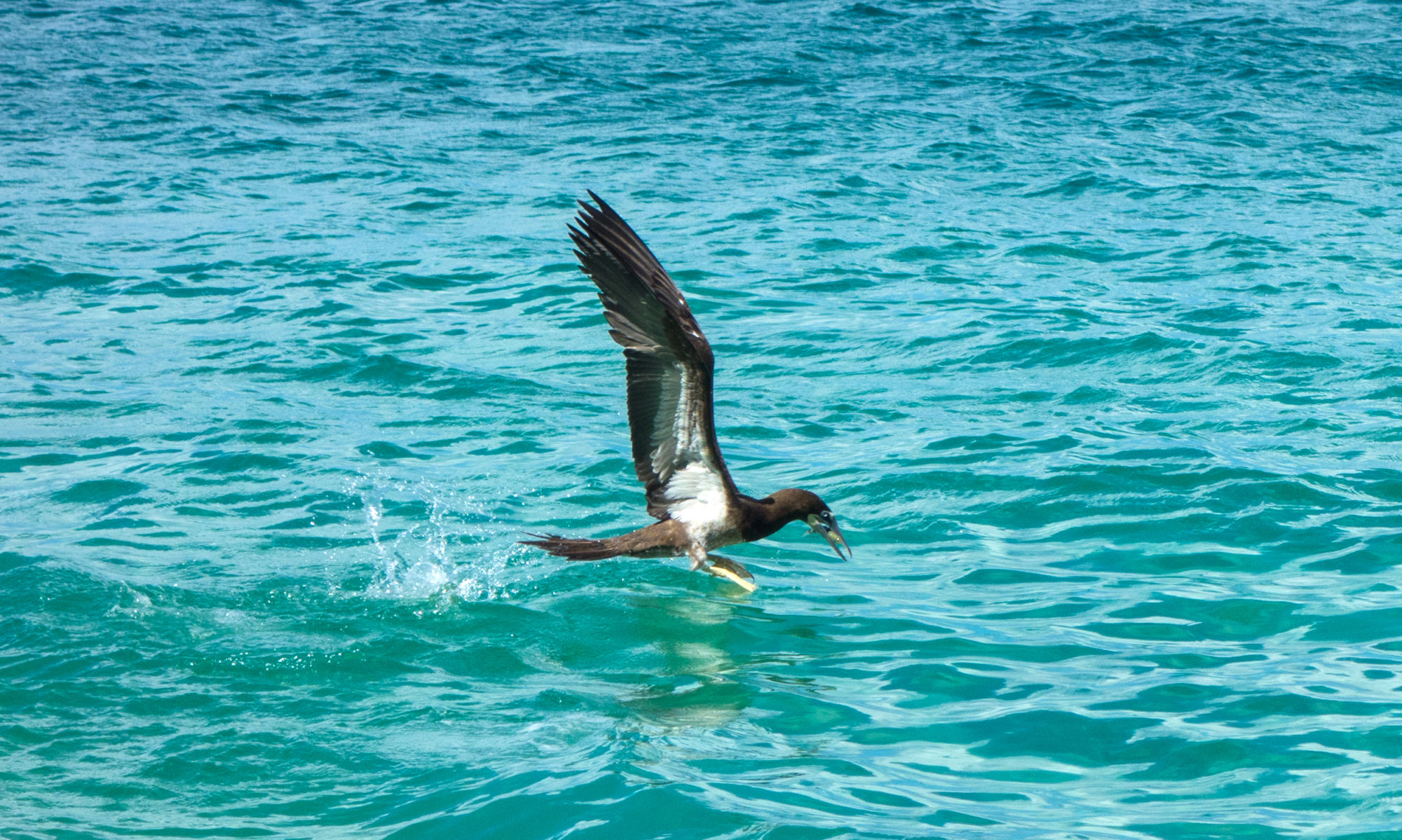I had been teaching my class about volcanoes, hoping that I would be able to take them to climb La Soufriere (pronounced Soufray) over on the mainland. Such an excursion would entail over-nighting on St. Vincent and I was having difficulty obtaining permission from the Headmaster. He doubted that I would be able to maintain control of my students and he was probably right!
St. Vincent is a volcanic Island and is part of the Lesser Antilles Volcanic Arc. The volcano, St. Vincent’s highest peak at 4,049 feet, is an active one as I was about to discover! Soufriere means “sulphur outlet” in French, and the volcanoes located in Montserrat and Guadeloupe carry the same name.

During the Easter holidays Mac and I were with friends at De Reef in Lower Bay. I recall it was Friday the 13th (Good Friday) and we had just sailed down from the harbor in a Bequia dinghy. Suddenly a huge, mushroom-shaped cloud rose high in the sky and we immediately knew that Soufriere was erupting! There had been a short but sharp earthquake the day before, an indication that the volcano was waking up.
There was a great deal of commotion on the beach; my artist friend Peter Carr grabbed his sketch pad and started drawing furiously, while Mac scrambled for his camera. Others jumped into dinghies and headed for the channel to get a better view of St. Vincent, it was indeed an incredible sight.

Sure enough, the lava dome had erupted, forcing the evacuation of 20,000 people from the affected areas of Sandy Bay and Georgetown over on the mainland. Many of the evacuees were sent to Bequia, and the high school was where most would live until it was deemed safe for them to return to their homes.
The high school became a dormitory for the next two weeks, with men, women and children sleeping on the hard floor. School of course was cancelled for the duration, and all the teachers pitched in to help feed the evacuees. Several coal pots were brought in for the cooking of meals, and Bequians were generous with donations of food. Huge quantities of boileen, pelau and callaloo soup were made daily. I tried to make myself useful, but I lacked experience with coal pots and was getting in the way of the ladies from the Church Guild. They finally gave me the job of making corned beef or sardine sandwiches ….THAT I could do!

Every day ash would settle on Bequia, at times it looked like grey snowdrifts. I swept up the ash from my porch and put it in matchboxes, which I later mailed to friends and family abroad. The ash was very fine, years later I would pull books from a shelf and find it between the pages.
I never did get the opportunity to take my class to La Soufriere, but they saw first-hand the power of Mother Nature from a safe distance. Easter Friday of 1979 was a memorable day for all.


